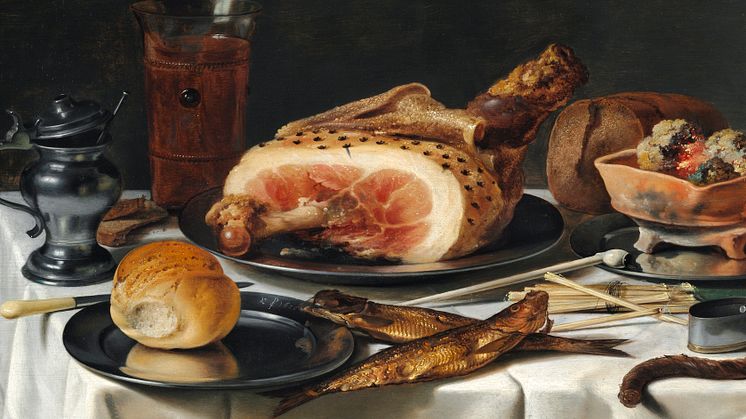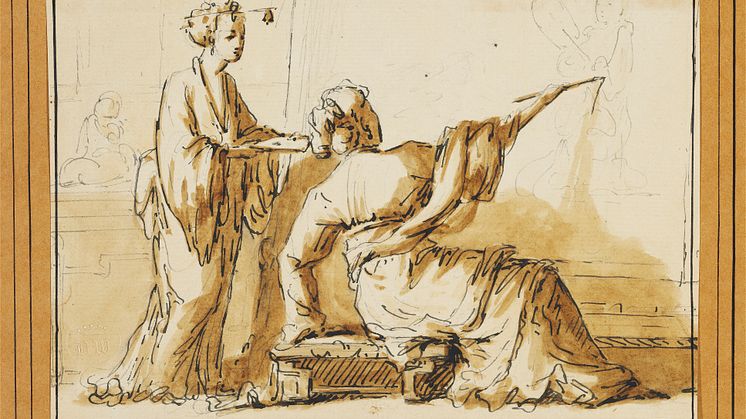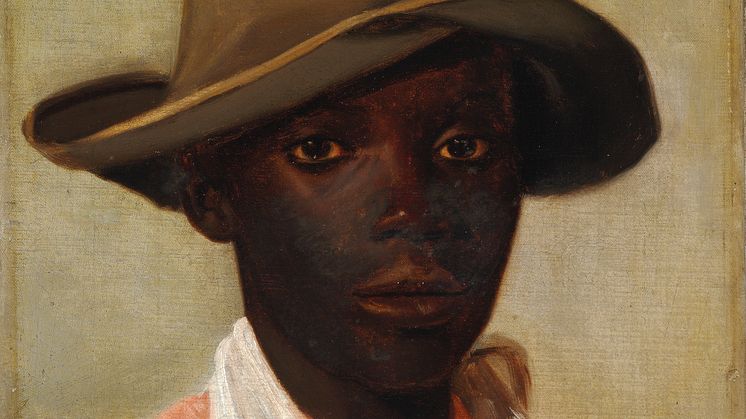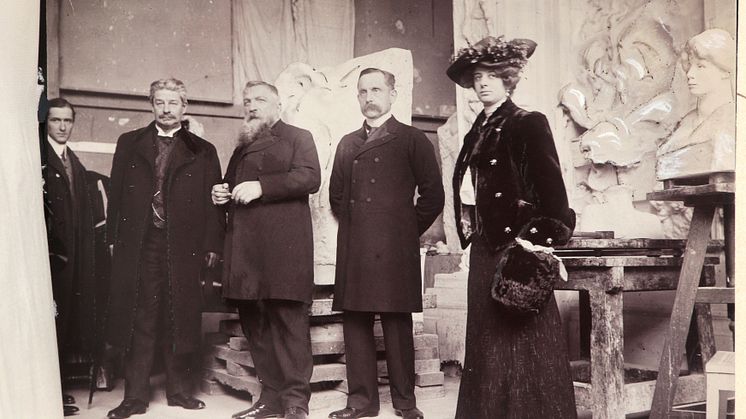
Press release -
Early Masterpiece by Pieter Claesz
Nothing less than an early masterpiece by the Dutch master of Still lifes, Pieter Claesz, will be up for auction this coming May at Bruun Rasmussen Auctioneers in Copenhagen. However the painting will be presented to the public in Paris from 21-22 March, London from 15-16 May and Copenhagen from 24-28 May.
"With the painting by Pieter Claesz, we dive into the Dutch golden age of painting during the 17th century, which has subsequently had a considerable influence on European art in general. This sale is a bit of a sensation since Claesz' early works from the 1620s are very rare on the auction market. The painting is also very well-preserved and has a sound provenance. It has been in the ownership of the same Danish family for a very long time. It originates from the collection of Count Adam Gottlob Moltke (1710-1792)", says Julie Arendse Voss, Head of the Department of Fine Art at Bruun Rasmussen.
An Unknown Genius for Three Centuries
For nearly three centuries, Claesz was an unknown genius. Until the end of the 1800s, one was aware of the existence of a group of still lifes of an exceptionally high quality, all of which carried the neatly written monogram "PC", but nobody knew who the painter was. The artist was therefore simply known as the "Monogrammist PC" or "The Master PC” until the Dutch art historian Abraham Bredius identified him as Pieter Claesz.
The Greatest Dutch Still Life Painter
Pieter Claesz was born in the Flemish town of Berchem but moved to Haarlem early on and made his mark here as the city's greatest painter within the still life genre. The flourishing European trade in the early 1600s meant that a new class of wealthy Dutch merchants began to orient themselves towards the arts. The royals and nobility were therefore no longer the only customers that the artists could depend on, and during the 1620s Claesz provided the new group of art collectors with the paintings that have since come to represent the pinnacle of his artistic career.
As prosperity grew, demand for Claesz' increasingly famous still lifes rose as well. In response to the demand, he created a significant amount of paintings over a short period of time. His production between 1630 and 1640 was about twice the size of the previous decade, which resulted in this later production being less consistent in quality. The work presented here is from 1625 and thus created at the height of Claesz' artistic oeuvre.
Composition, Contrasts and Vanity Symbols
The painting is typical of Claesz' early production from the mid-1620s. A masterful composition with strong contrasts between the white tablecloth and the pitch-black background that are intercut in the middle by the pink ham. With the crossed straw and herring he has created depth and compositional balance. Claesz has explored the shape, colour and texture of different elements in the painting, and one can clearly sense the difference between the fat ham, the shining herring, the hot pieces of coal and the matte tin.
Claesz often recycled elements from his images in several compositions. The small pot with mustard on the left side of the painting appears several times in his works, such as in two still lifes that today are located at the David Collection in Copenhagen and the Musée des Beaux-Arts in Paris.
As was customary at the time, the painting is equipped with symbols relating to the transience of life, the so-called vanitas symbols. This was a tradition that arose among the Dutch painters during the period. The random placement of the items in the painting suggests that someone has just left the table. At the same time, the smoke from the charcoal, which is slowly burning down, is a subtle symbol of the transience of life. Both elements emphasize the passage of time that was so important for the period’s still life painters to portray.
Preview in Paris + London
Claesz’ painting will be on view at 12 rue Drouot, Paris 9e., opposite Hotel Drouot on Wednesday 21 March 11 am - 6 pm and Thursday 22 March 11 am - 9 pm. It will also be on display at the Royal Danish Embassy in London 15-16 May.
Preview and Auction in Copenhagen
The painting will also be on display at our preview at Bruun Rasmussen Auctioneers of Fine Art, Bredgade 33 in Copenhagen from 24-28 May. The auction will take place at the same address on Tuesday 29 May at 4 pm.
Press photo
Pieter Claesz: "Breakfast piece with ham on a pewter plate, smoked herring, beer glass, loaves of bread, mustard-pot, and smoking utensils on a draped table.” (1625). Estimate: DKK 6-8 million (€ 800,000-1,000,000).
.
Topics
Categories
Bruun Rasmussen Auctioneers is one of Scandinavia’s leading international auction houses, and one of Denmark’s oldest. It all started on 6 October 1948, when Arne Bruun Rasmussen conducted the first traditional auction in the saleroom at Bredgade 33 in Copenhagen. Today, Jesper Bruun Rasmussen stands at the helm of the family-run business together with the third generation of the family, his son Frederik and daughter Alexa, and the company’s CEO Jakob Dupont.
In 2004, the first online auction was launched, and today the auction house has expanded to include departments in Copenhagen and Aarhus and representations in Sweden, Germany, France, Belgium, Luxemburg, Spain, Italy, Thailand and the US. About 100,000 lots are put up for auction each year at the traditional auctions and daily online auctions. Here you can bid on everything from art, antiques, modern design and jewellery to books, coins, stamps, wine and weaponry.





